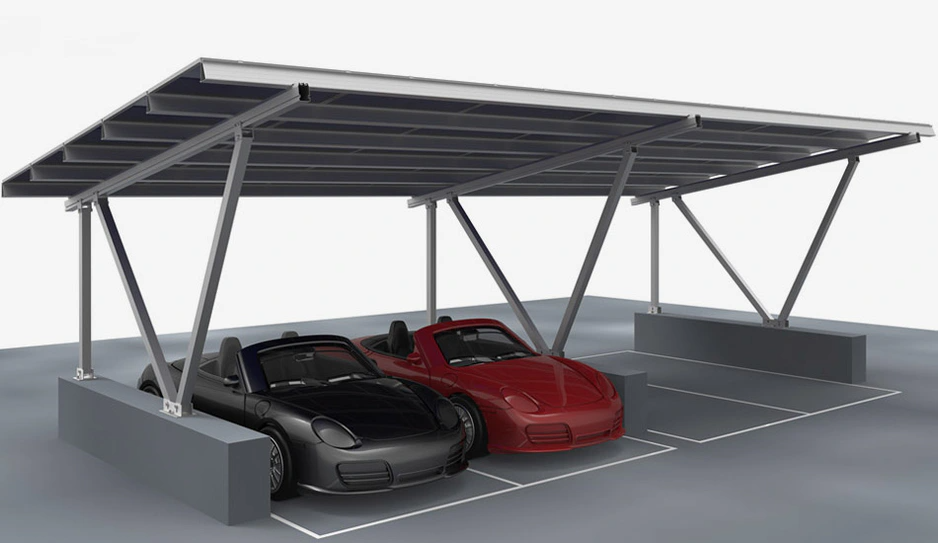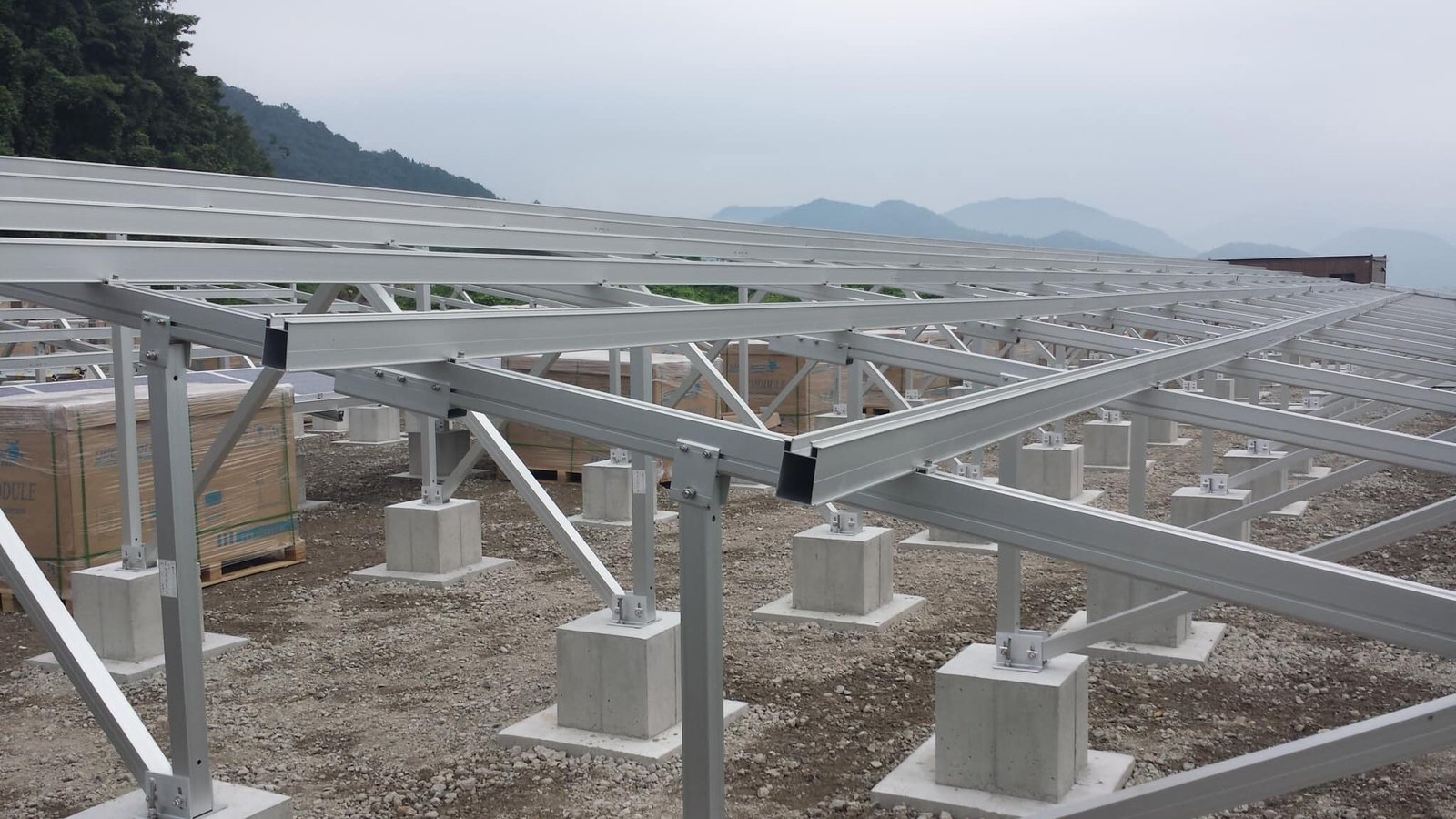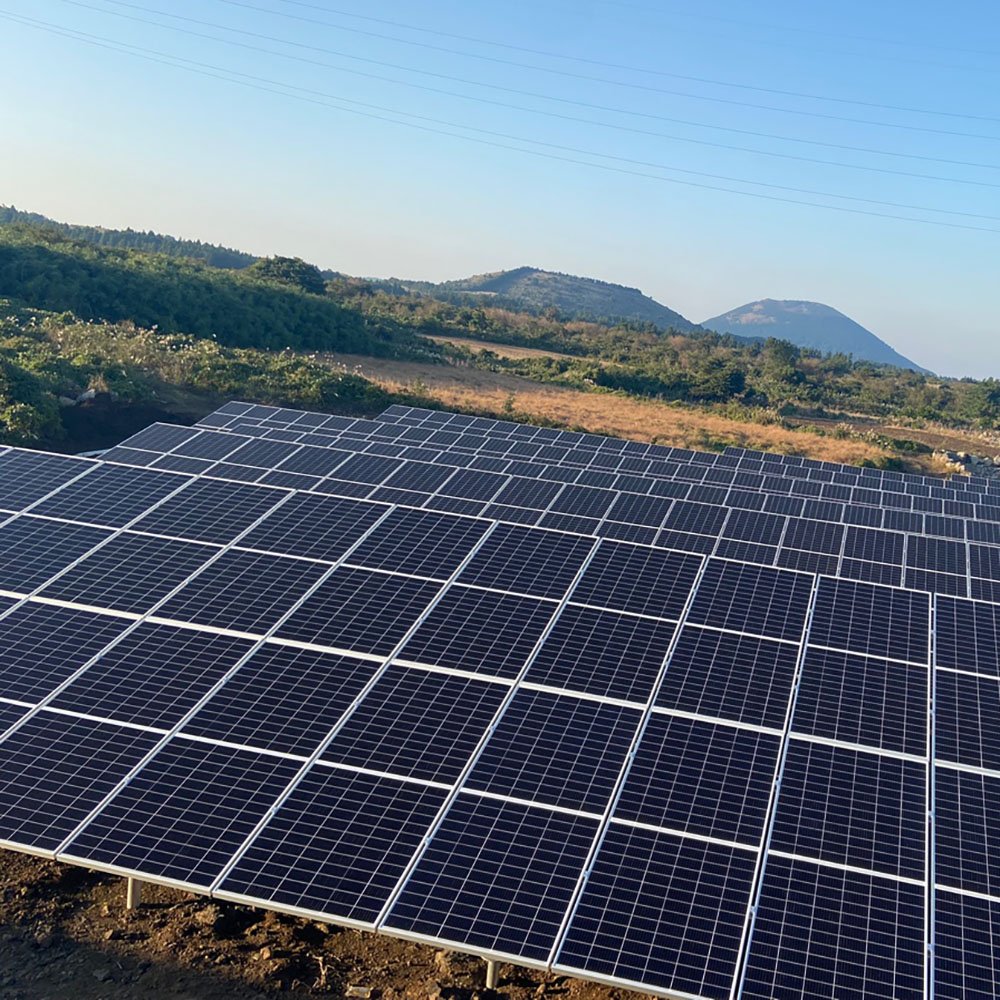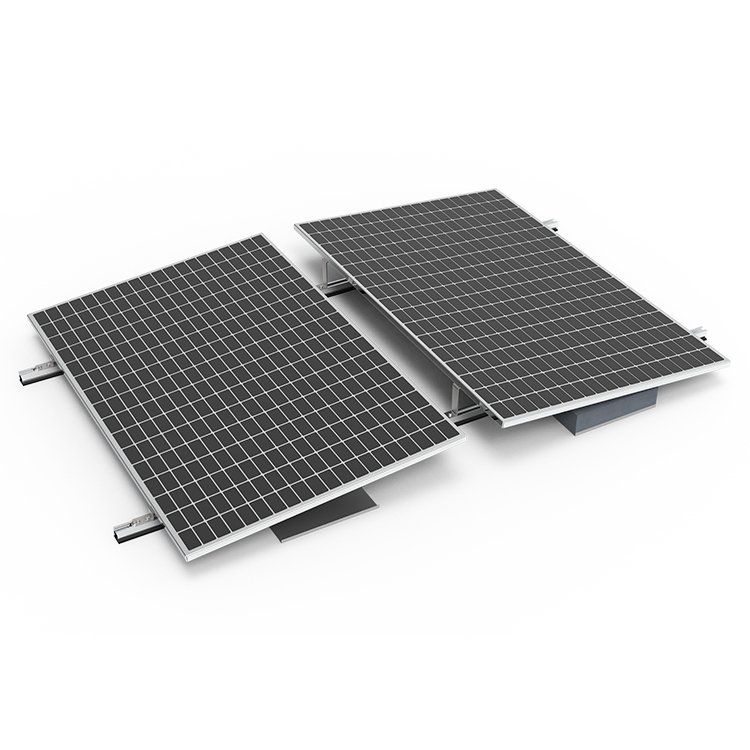-
2103 Room NO.322 Xinggang One Road,Haicang District,Xiamen Fujian,China
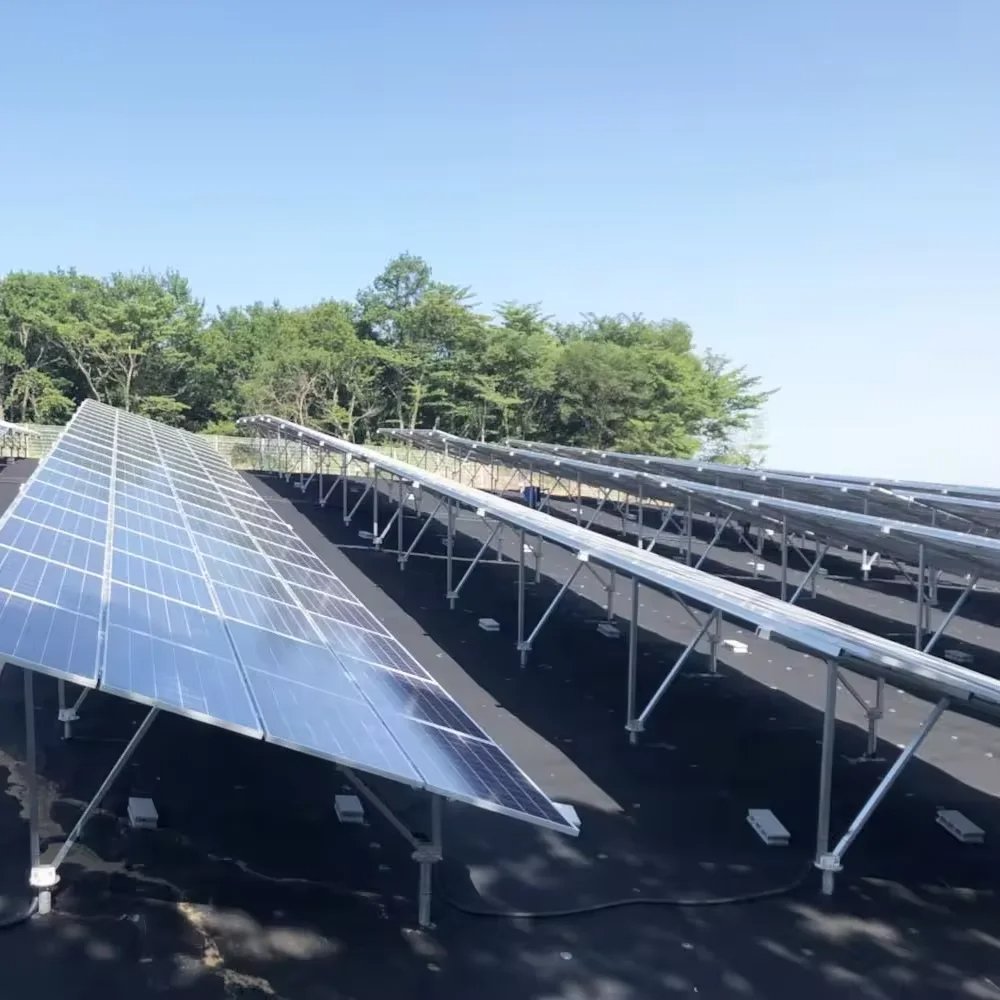
Key Points to Consider When Designing a Solar Mounting Structure
Designing a solar mounting system involves more than just creating a structure to hold solar panels — it’s about ensuring long-term reliability, safety, and cost-effectiveness. From large-scale ground-mounted systems to compact rooftop applications, a well-planned design plays a crucial role in project success.
Below, we summarize the key factors engineers and project developers should consider when designing solar mounting structures.
Table of Contents
1. Define the Basic Requirements
Understand the System’s Purpose
Clarify what the structure will support — is it PV modules on farmland, a commercial carport, or a residential roof? Knowing the type, size, and weight of the equipment helps determine the appropriate dimensions and materials.
Account for Environmental Conditions
Design must reflect the installation environment. For example, coastal or humid areas may require corrosion-resistant materials, while snow or wind-prone locations demand stronger structural support.
Related product links:
2. Select Materials Carefully
Prioritize Strength and Durability
The structure must withstand static and dynamic loads over decades of exposure. Galvanized steel, aluminum alloys, and Zn-Al-Mg coated materials are common choices that offer strength and weather resistance.
Consider Cost and Availability
Good design also means economic viability. Materials should be not only durable but also accessible and affordable within the project’s region.
Explore material-based solutions:
3. Ensure Structural Safety
Load Calculations
Accurate load calculations are essential. These include static weight, wind pressure, snow load, and seismic factors, with appropriate safety margins.
Maintenance Accessibility
Design should allow easy access for cleaning, inspection, or replacement. Neglecting this aspect can result in higher long-term costs and system downtime.
4. Optimize for Efficiency and Cost
Reduce Material Waste
Use design tools to minimize steel or aluminum consumption while maintaining structural strength. This improves material efficiency and reduces costs.
Consider Modular Design
Modular systems are easier to transport, expand, and replace. This is especially valuable in remote or evolving installations such as agricultural solar or off-grid systems.
Product examples:
5. Focus on Manufacturability and Installation
Design for Manufacturing
Avoid overly complex shapes or difficult welds. Simpler designs reduce manufacturing time and errors during fabrication.
Easy On-Site Assembly
Fast and accurate assembly reduces labor costs. Pre-assembled components and standardized connections help speed up installation.
Useful accessories:
FAQ
1. What is the most suitable material for solar mounting structures?
The ideal material depends on environmental conditions. For coastal areas or high humidity zones, aluminum or Zn-Al-Mg coated steel is preferred due to its corrosion resistance. For inland or dry zones, hot-dip galvanized steel is a cost-effective and durable choice.
2. How do I calculate the wind and snow load for my location?
Wind and snow loads must be calculated based on local building codes (e.g., ASCE 7 in the U.S., JIS C 8955 in Japan, Eurocode in Europe). Our team can assist with structural analysis tailored to your project’s region and terrain.
Can your mounting systems support bifacial solar panels?
Yes. Many of our ground and carport mounting systems are designed with elevated rear clearance and minimal shadowing to optimize bifacial power gain. Contact us for compatibility recommendations.
4. How long does it take to install your mounting systems?
Pre-assembled components and modular designs significantly reduce on-site labor. Depending on system size and site readiness, a typical 100kW project can be installed in 3–5 days.
5. Do you offer design support for custom projects?
Absolutely. We provide free design consultation, layout optimization, and strength calculations. Just share your panel specifications, site conditions, and preferences — we’ll handle the rest.
Final Thoughts
Solar mounting system design is a balance between technical performance and economic feasibility. By addressing the points above from the early design stage, project developers can ensure stable, long-lasting structures that meet both engineering and commercial expectations.
Whether you are planning a large-scale solar farm or a small rooftop setup, our team can help you design and supply the right mounting solution.





